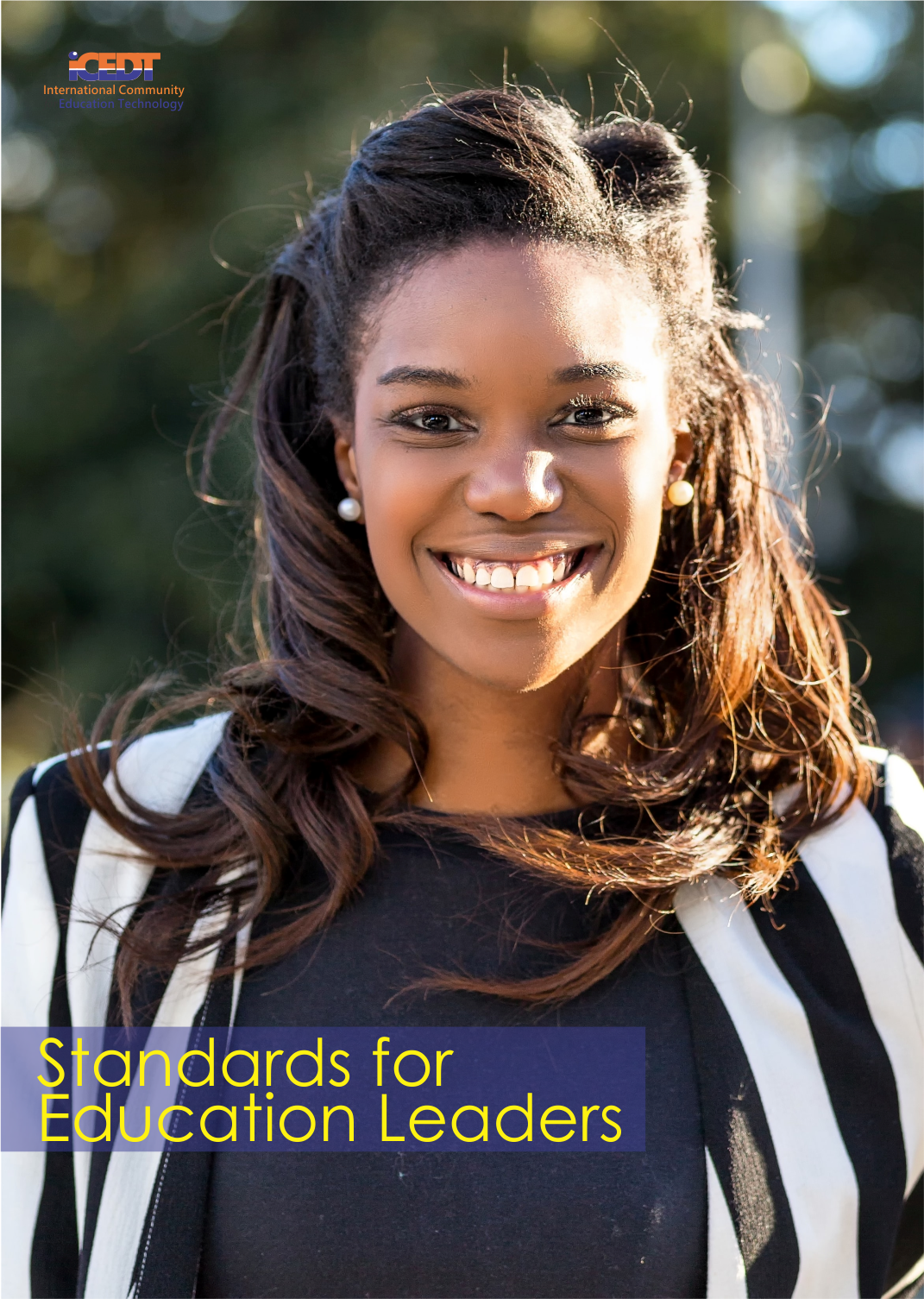
At ICEDT, our goal is to provide a framework for educators, education leaders and education institutions as a standard for implementing the 21st Century Learning Design with adaptable rubrics for modern schooling in a world where technology plays an inequitable role.
These education innovation standards help educators, education leaders and education institutions prepare learners to thrive in work and life in a world they would live in as adults.
> Educators make classrooms a place where the curriculum keeps up with each learner- not the other way around.
> Educators continually improve their practice by learning from and with others and exploring proven and promising practices that leverage technology to improve student learning.
> Educators create classrooms where every student works with real-world tools that will solve tomorrow’s problems.
> Educators seek out opportunities for leadership to support student empowerment and success and to improve teaching and learning.
> Educators create classroom experience where students are taught hard skills, but also taught soft skills like self-awareness, self-management, social awareness, and decision-making.
> Educators inspire students to positively contribute to and responsibly participate in the digital world.
> Educators insist on a classroom where students learn what’s on their lesson plan, but also learn to use devices and software that they will use in the workforce to improve learning.
> Educators dedicate time to collaborate with both colleagues and students to improve practice, discover and share resources and ideas, and solve problems.
> Educators design authentic, learner-driven activities and environments that recognize and accommodate learner variability.
> Educators facilitate learning with technology to support student achievement.
> Educators understand and use data to drive their instruction and support students in achieving their learning goals.
> Educators engage student learning without instruction.

> Leaders develop a school-driven vision that represents the aspirations of learners, educators, and the community.
> Leaders use technology to increase equity, inclusion, and digital citizenship practices.
> Leaders create strategic implementation plans identifying strategies and tactics to support stakeholder groups through the transition.
> Leaders engage others in establishing a vision, strategic plan and ongoing evaluation cycle for transforming learning with technology.
> Leaders build a positive system culture embracing change through a growth mindset.
> Leaders create a culture where teachers and learners are empowered to use technology in innovative ways to enrich teaching and learning.
> Leaders devise a plan for community partners and school stakeholders to work together on a common goal.
> Leaders build teams and systems to implement, sustain and continually improve the use of technology to support learning.
> Leaders model and promote continuous professional learning for themselves and others.
> Leaders build on the shared vision by collaboratively creating a strategic plan that articulates how technology will be used to enhance learning.
> Leaders continue to build the confidence and competency of educators Support educators in using technology to advance learning.

> Education Institutions identify and Engage the appropriate stakeholders.
> Education Institutions identify relevant Data Sources (Ideally from multiple perspectives and stakeholders, including students, educators, leaders and families)
> Education Institutions map resources to provide adequately for all learners, leaders and other stakeholders.
> Education Institution create systems where students are able to learn anytime, anywhere – unaffected by time or place.
> Education Institutions provide students and educators technology support and delivered in a safe and secure environment.
> Education Institutions Implement efficient collaboration systems for educators and staff to eliminate time-sinks
> Education Institutions make system transformation decisions backed by data-driven insights.
> Education Institutions support educators proactively learning and growing their capacity to teach in subjects they love.
> Education Institutions provide support for educators to develop future-ready skills in students.
> Education Institutions create ways for students to fully immerse themselves in learning - unaffected by physical or other limitations.
> Education Institutions provide a conducive atmosphere for educators to help learners grow their social emotional skillsets.
> Education Institutions create proactive intervention systems for students who are falling behind.
> Education Institutions build workforce ready skills with students.
> Education Institutions re-imagine flexible learning spaces led by the needs of each student, not the space in a classroom.
> Education Institutions implement education curriculum that is guided by the direct needs of each student and their experiences in and out of the classroom.

© 2025 International Community for Educational Technology. All rights reserved.
Don't have an account? Create your account. It takes a few minutes!
Don't have an account? Create your account. It's take less then a minutes